Reflections are an often sought-after element in landscape photography.
Our eyes are naturally drawn to watery landscapes. There’s something special about water, and a reflective surface can dramatically enhance landscape images. During a sunset or sunrise, the dramatic quality of light reflecting off the water can result in some spectacular images.
If you are looking for some ways to enhance your landscape photos, here’s how you can use reflections to create amazing landscape images.
→ Related Reading: Water Photography: Composition & Creativity Ideas
Tips for Photographing Reflections
1. Look for the Right Lighting
To capture reflections, you’ll want to head out when the lighting is optimal. Low, direct lighting is the best option for clear reflections. Avoid bright overhead lighting, and instead try to get out early into the morning light. You could also wait until afternoon, or early evening. Of course, sunset and sunrises are also ideal times for finding reflections, and capturing some truly striking images.
2. Watch the Wind
If you are looking to capture a crystal clear reflection off the water, you will want to make sure there is little to no wind to help increase your chances of a smooth and clear reflection. Don’t shy away from windy days though! The wind causes gentle ripples on the water, presenting a great opportunity to capture some artistic, abstract images.
→ Related reading: How to Overcome Windy Conditions and Still Take Great Landscapes
3. Play With Your Shutter Speeds
Differing shutter speeds can drastically change the resulting image. On a windy day, use a fast shutter speed to capture a choppy reflection for a slightly abstract image –or slow your shutter speed down to softly blur the water, for a delicate, gently blurred reflection.
→ Related Reading: Guide to Long Exposure Landscape Photography
4. Set the Exposure
When photographing reflections, you may need to manually adjust the exposure. It’s usually best to meter off of a mid-toned area in the reflection. Graduated neutral density filters can help to balance the exposure –since these filters act like shades for your lens, they can help to balance out a too-bright sky. When taking the shot, be sure to focus on the water to make sure the reflection is in focus.
5. Use a Circular Polarizer
Forgoing a polarizer allows you to capture beautiful, mirror-like reflections, but if you want to photograph some details in the shallows, you’ll want to use a polarizer to cut through the glare on the surface. Try using an image polarizer to reduce some of the reflection, and capture rocks or sand below the surface of the water in the foreground.
6. Choose the Best Lens for the Job
While wide-angle lenses are the lens of choice for most landscape photography, in some cases, a telephoto is a better option. The right choice depends largely upon what you’re hoping to capture. A wide-angle is great for accentuating the size of objects in the foreground, but it causes distant elements to appear smaller, and farther away. If you’re capturing a looming mountain range in the distance, a wide lens can cause the mountains to appear smaller, and more distant. A telephoto allows you to “get closer” to the objects that you’re trying to capture, like that distant mountain range. Choose a lens that will help you to create your desired composition.
→ Related reading: Reviews of the Best Wide Angle Lenses for Canon DSLRs and Reviews of the Best Wide Angle Lenses for Nikon DSLRs
→ Related reading: Reviews of the Best Telephoto Lenses for Canon DSLRs and Reviews of the Best Telephoto Lenses for Nikon DSLRs.
7. Create Unique Compositions
While classic mirror-like reflections can make some spectacular images, look out for other ways to use reflections in your landscape photography. Reflections are often the main point of interest, but they can also take on a secondary role, and can be used as supporting elements in a composition. Reflections also make great abstract images. Autumn leaves reflected onto a choppy surface, for example, can present an opportunity for a beautiful, abstract photo. You can also zoom in on a section of the reflection, and create an artistic –somewhat impressionistic image.
8. Think Small
While sweeping mountain vistas make excellent reflections, smaller reflections can also feature in some of your images. A boat on the lake, a collection of reeds growing through the surface of a lake, or a bird standing in the shallows can all make creative, reflective images. You can capture the subjects with their reflections, or cut them out of the image and just photograph the reflection for a unique, artistic composition.
9. Photograph the Stars
A starry sky reflected on a lake can create an exceptional photo opportunity! To capture star trails, go at night and set up camp next to a reflective body of water. You’ll also want a full battery, and lots of patience. Use a tripod and an extremely slow shutter speed. The slow shutter speeds will capture the stars’ “trails” as the world turns and they appear to slowly streak across the sky. Use bulb mode, and a shutter speed of around 30 minutes for star trails.
→ Related Reading: How to Photograph Landscapes at Night
10. Include Foreground Interest
By getting low to the ground, you can maximize the amount of the reflection that’s in the image. Foreground can also act as leading lines, directing attention through the image and on towards the focal point. Look for elements to incorporate into the foreground to serve as leading lines. Driftwood, rocks, and grass can all be used to direct attention to a distant mountain range or the setting sun.
→ Related reading: How to Use Foreground Elements in Compositions
Look Out for Other Reflective Surfaces
Finally, while lakes and the ocean are classic –and spectacular places for capturing reflections, keep on the lookout for other ways to incorporate reflections into your images. Wet, shiny rocks or damp sand at the coast also reflect light. You can also find opportunities for reflection photography in small bodies of water –like tide pools.
While grand mountain vistas reflected onto a lake make excellent landscape images, you can capture amazing reflections in a number of different settings –even if you’re far from the ocean, or lakes. When you get a chance, head out after a storm in search of ponds, puddles, or large bodies of pooled water. Who knows? You just might find an excellent opportunity for capturing reflections where you least expect it.
Do you try to include reflections in your landscape images? Share your tips with us below!
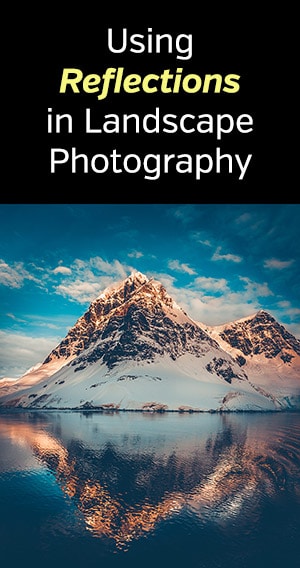
Photo license link: CC BY 2.0

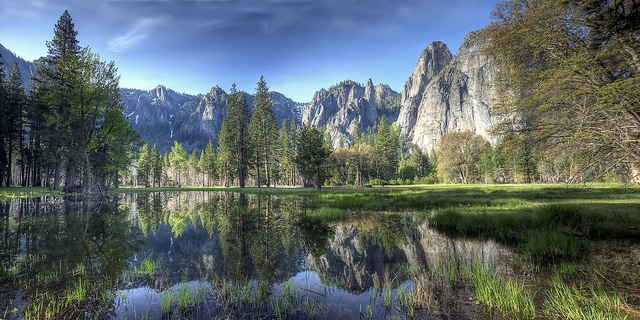

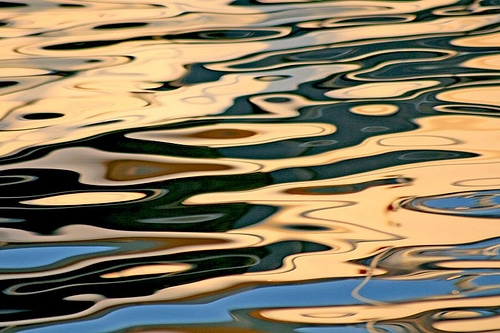
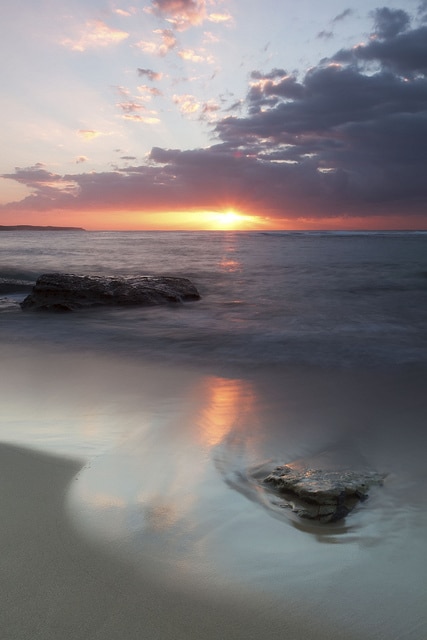
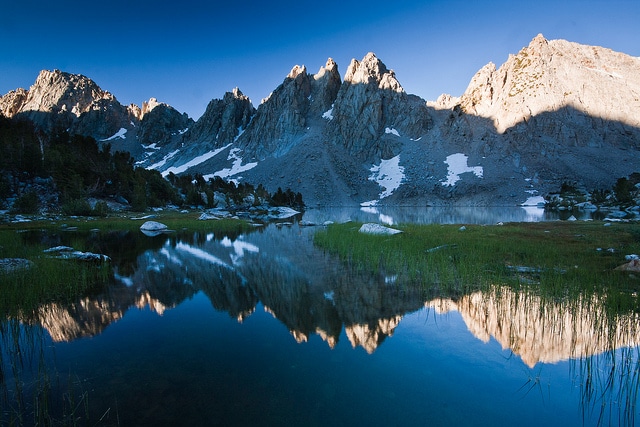
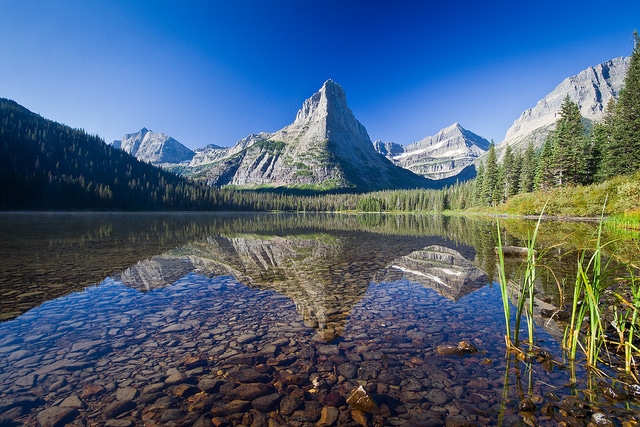
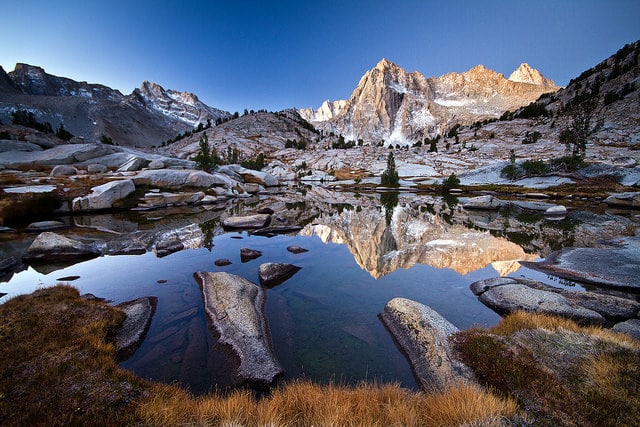
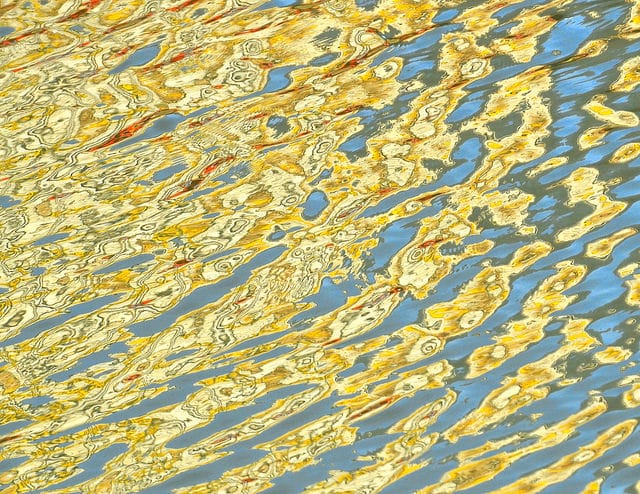
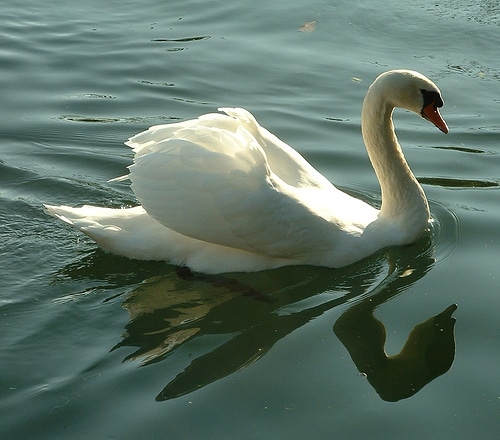
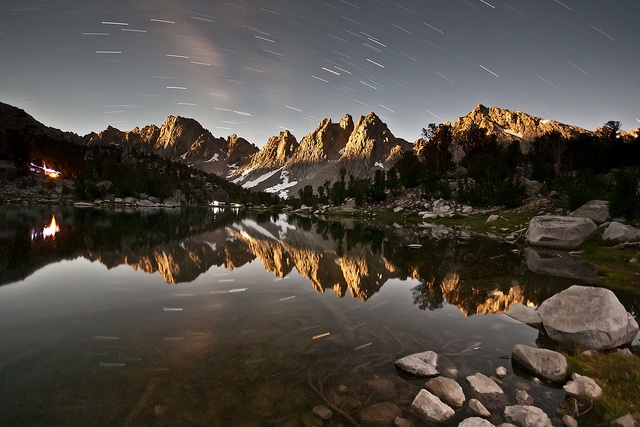

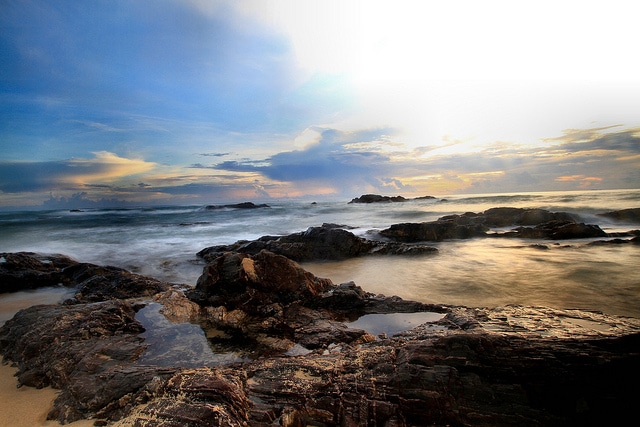

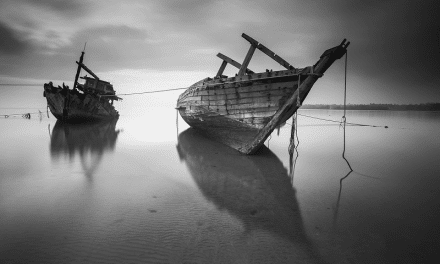
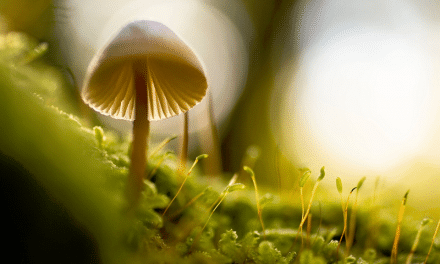
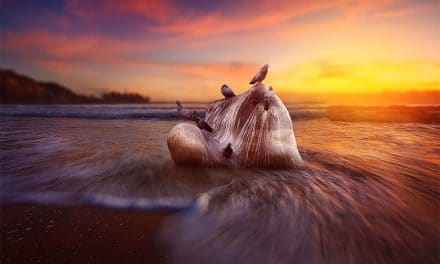
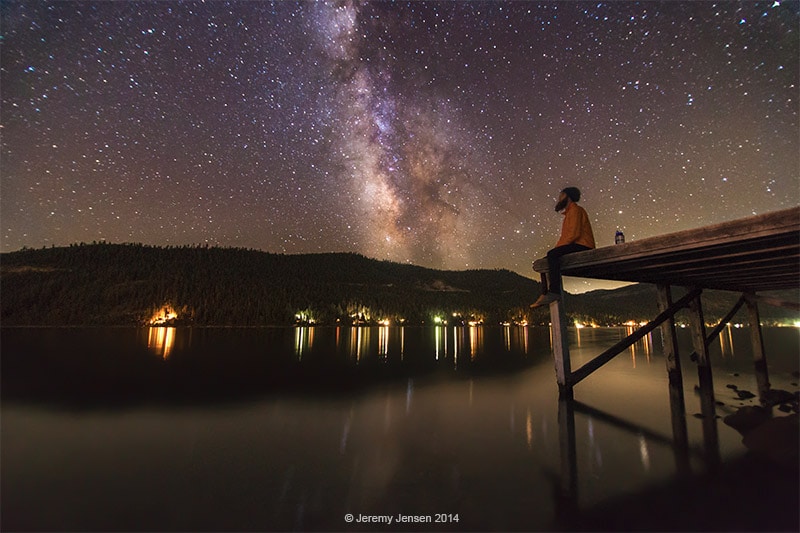





Great article. All photos used in article explains well the content. This is inspiring. Thanks.
Hey i was wandering if there is any use of this technique in ancient history with sculpting the landscape like along a river side